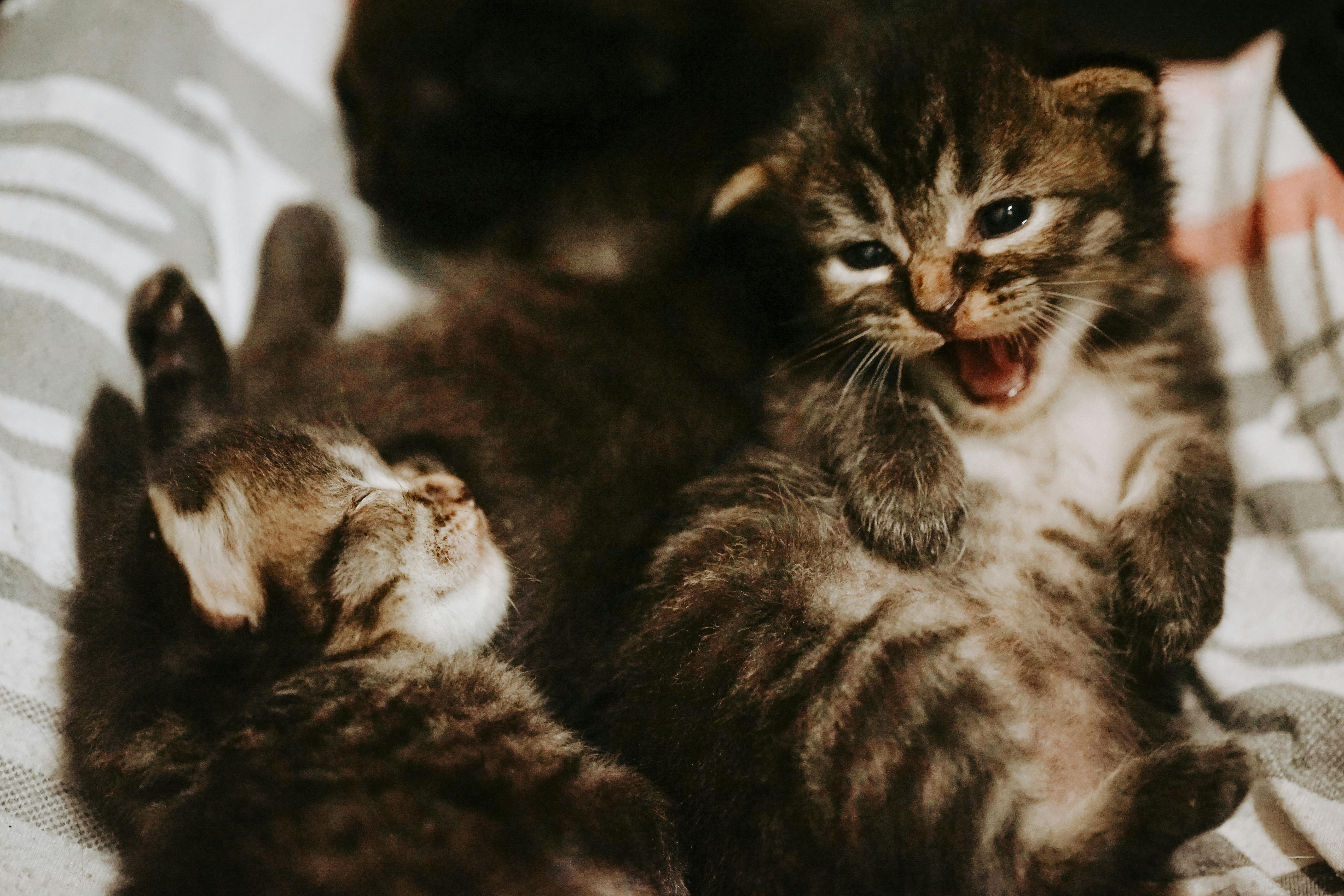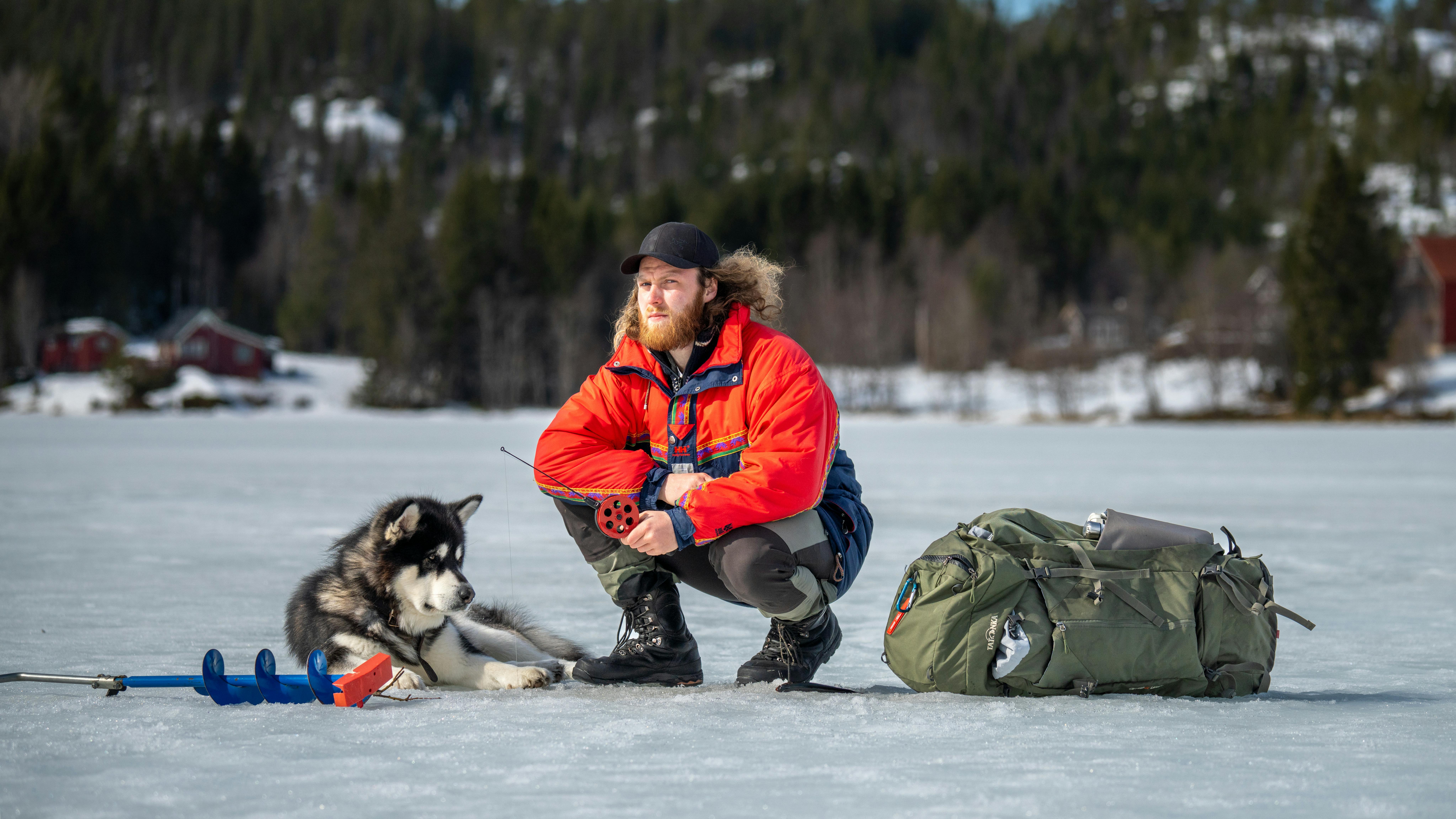Have you ever wondered how long it takes to groom a dog? Well, you’re in luck because today we are going to find out! Dog grooming is important for keeping our furry friends clean and healthy. It involves giving them a bath, brushing their fur, trimming their nails, and more. The time it takes to groom a dog can vary depending on the size of the dog, the type of fur they have, and how cooperative they are during the process. So, let’s grab our grooming tools and explore the world of dog grooming together!

Understanding Dog Grooming
Dog grooming refers to the process of maintaining a dog’s hygiene and appearance. It involves various tasks such as bathing, brushing, clipping, nail trimming, and ear cleaning. Dog grooming is an essential part of responsible pet ownership as it helps to keep dogs healthy, comfortable, and looking their best.
Meaning of Dog Grooming
Dog grooming encompasses a variety of activities aimed at keeping your furry friend clean and well-groomed. It involves taking care of their coat, nails, and ears, as well as ensuring their overall cleanliness. Grooming not only helps to keep your dog looking good but also plays a vital role in their overall health and wellbeing.
Relevance and Necessity of Dog Grooming
Dog grooming is essential for many reasons. Firstly, it helps to prevent various health issues such as skin infections, matting, and ear infections. Regular grooming also allows you to check for any abnormalities such as lumps, ticks, or fleas that may require veterinary attention. Additionally, grooming helps to manage shedding and keeps your house cleaner. Lastly, grooming sessions provide an opportunity for you to bond with your dog and show them love and care.
Routine and Schedule of Dog Grooming
Establishing a routine and schedule for dog grooming is crucial. The frequency of grooming sessions depends on various factors such as the breed, coat type, and your dog’s lifestyle. Generally, dogs with long or curly hair require more frequent grooming compared to short-haired breeds. It is recommended to brush your dog’s coat at least once a week, bathe them every 4-6 weeks, trim their nails every 2-4 weeks, and clean their ears on a weekly basis.
Maintenance of Dog Grooming
To maintain your dog’s grooming routine, it is important to have the right tools and products. This includes a good quality pet shampoo, conditioner, brushes, combs, nail clippers, and ear cleaning solutions. Regularly inspect and clean your grooming tools to ensure they are in good condition. Additionally, it is essential to create a calm and comfortable environment for grooming sessions, offering treats and rewards to make it a positive experience for your furry friend.
Factors Influencing the Duration of Dog Grooming
Several factors influence the duration of a dog grooming session. Understanding these factors can help you better estimate how long each grooming session will take.
Size of the Dog
The size of your dog plays a significant role in determining the duration of grooming. Smaller dogs are usually easier to handle and groom, requiring less time compared to larger breeds.
Breed of the Dog
Different dog breeds have varying grooming needs. Breeds with long hair or thick coats often require more time for brushing and grooming compared to short-haired breeds.
Texture and Length of the Dog’s Coat
The texture and length of your dog’s coat also impact grooming time. Dogs with dense, curly, or double coats may require more time for brushing and detangling compared to those with smoother or shorter coats.
Dog’s Temperament and Behavior
A dog’s temperament and behavior can influence the duration of grooming. Dogs that are calm, cooperative, and used to grooming will generally require less time compared to those who are anxious, fearful, or aggressive.
Specific Grooming Needs
Certain grooming tasks such as nail trimming, ear cleaning, or anal gland expression require additional time and attention. Dogs with specific grooming needs may require longer grooming sessions to address these particular requirements.
Breakdown of Standard Dog Grooming Time
A standard dog grooming session typically includes several tasks. Let’s break down each task and understand its time consumption.
Bathing and Drying
Bathing your dog involves using a suitable shampoo and conditioner to clean their coat, followed by thorough rinsing. The duration of bathing depends on the size of the dog and the condition of their coat. After bathing, your dog needs to be dried using a towel or a pet dryer. Drying time can vary depending on the coat thickness and drying method used.
Brushing
Brushing your dog’s coat is an important part of grooming. It helps in removing loose hair, tangles, and debris, while also stimulating the skin and promoting blood circulation. The duration of brushing depends on the coat type, length, and condition. Longer coats or those prone to matting may require more time and attention during brushing.
Clipping and Trimming
Clipping and trimming involve shaping and maintaining your dog’s coat to a certain desired length. This is particularly necessary for breeds with hair that continually grows, such as Poodles or Shih Tzus. The time taken for clipping and trimming varies depending on the breed and the desired style.
Nail Trimming
Trimming your dog’s nails is essential to prevent overgrowth and discomfort. The duration of nail trimming depends on the dog’s size, coat length, and their comfort level with the procedure. Some dogs may require additional time and patience if they are fearful or unaccustomed to nail trims.
Ear Cleaning
Cleaning your dog’s ears helps to prevent infections and remove wax buildup. The duration of ear cleaning can vary depending on the amount of dirt and wax present, as well as your dog’s comfort level. It is important to use appropriate ear cleaning solutions and techniques to ensure safety and effectiveness.
Time Consumption of Professional Dog Grooming Services
Many pet owners choose to take their dogs to professional groomers for their grooming needs. Here’s an overview of the time consumption involved in professional grooming services.
Procedure Followed by Professional Groomers
Professional groomers generally follow a standard procedure that includes bathing, drying, brushing, nail trimming, and styling. The duration of each task can vary depending on the size and breed of the dog, as well as the specific grooming requirements.
Pros and Cons of Professional Grooming
There are several advantages to opting for professional grooming services. Professional groomers have the necessary expertise and experience to handle different breeds and coats, ensuring a thorough and efficient grooming session. Additionally, they have access to specialized tools and products that may not be available to pet owners. However, professional grooming services can be expensive, and you may need to book appointments in advance.
Scheduling and Timing in Professional Grooming
Professional grooming sessions typically last between 2 to 4 hours. The duration depends on factors such as the size of the dog, the specific services requested, and the groomer’s workload. It is important to schedule appointments well in advance to ensure availability and to allow ample time for the grooming process.

DIY Dog Grooming Timing
Some pet owners prefer to groom their dogs at home. Let’s explore the timing considerations for DIY dog grooming.
The Benefits of DIY Dog Grooming
Grooming your dog at home offers several benefits. It allows you to save money on professional grooming services and gives you control over the grooming process. DIY grooming also provides an opportunity for bonding with your dog and monitoring their overall health and well-being.
Calculating DIY Dog Grooming Time
The time taken for DIY dog grooming depends on various factors, including the size, breed, coat type, and your level of experience. On average, a DIY grooming session can range from 1 to 3 hours, but it may take longer for dogs with specific grooming needs or if you are new to grooming. It is important to allocate enough time, especially during your first few attempts, to ensure a stress-free grooming experience for both you and your dog.
Balancing Time and Quality in DIY Grooming
When grooming your dog at home, it is essential to strike a balance between efficiency and quality. Focus on maintaining a calm and comfortable environment, use appropriate grooming tools, and follow proper techniques to ensure a positive experience for your furry friend. Taking breaks and rewarding your dog with treats or praise can help to make the process more enjoyable.
Understanding Different Dog Coats and their Grooming Time
Different dog breeds have varying coat types, and each requires specific grooming techniques. Let’s explore the grooming time associated with different coat types.
Long Haired Breeds
Long-haired breeds, such as Afghan Hounds or Yorkshire Terriers, require more frequent and extensive grooming. Their long, flowing coats are prone to tangles and matting and require daily brushing. Depending on the breed, long-haired dogs may also require regular trimming and professional grooming every 4-8 weeks.
Short Haired Breeds
Short-haired breeds, like Beagles or Boxers, have coats that are relatively low maintenance. While they may not require extensive grooming, regular brushing is still beneficial to remove loose hair and keep their coats healthy. Short-haired breeds generally require bathing every 2-3 months, unless they get dirty or develop skin issues.
Curly or Wavy Haired Breeds
Curly or wavy-haired breeds, such as Poodles or Bichon Frises, require regular brushing to prevent matting and tangling. They also need professional grooming every 4-6 weeks to maintain the desired coat style and to prevent discomfort.
Double Coated Breeds
Double-coated breeds, like Siberian Huskies or Golden Retrievers, have a dense undercoat along with a longer topcoat. These breeds shed heavily during certain seasons. Regular brushing is important to remove loose hair and prevent matting. It is recommended to brush these breeds at least once a week and schedule professional grooming sessions every 2-3 months.

Impact of a Dog’s Age and Health on Grooming Time
The age and health of your dog can affect their grooming requirements and the time it takes to groom them effectively.
Grooming Puppies: What to Expect
Grooming puppies is crucial for their development and getting them accustomed to the grooming process. However, it is important to introduce grooming gradually and ensure a positive experience. Grooming puppies may require shorter sessions and more frequent breaks, as they have shorter attention spans. It is also essential to use gentle handling and reward-based training during grooming sessions.
Adult Dogs and Grooming Time
Adult dogs generally require regular grooming, similar to what has been discussed earlier. The duration of grooming for adult dogs depends on their size, breed, and specific grooming needs. Once your dog is accustomed to the grooming process, the time taken for each session should become more predictable.
Senior Dogs and Grooming Considerations
Senior dogs may have specific health conditions or mobility issues that require extra care during grooming. They may require shorter grooming sessions and more rest breaks. It is important to be gentle and patient with senior dogs and consider their comfort and special needs during the grooming process.
Influence of Health Issues on Grooming Duration
Certain health issues, such as skin allergies or joint problems, may require extra attention and time during grooming. Dogs with allergies may require specialized shampoos and additional coat care. Dogs with joint problems may need assistance or special grooming techniques to ensure their comfort and safety.
Salon vs. At-Home Grooming: Time and Efficiency Comparison
Deciding whether to take your dog to a salon for grooming or to groom them at home involves considering various factors, including the time and efficiency of each option.
Time Efficiency of Salon Grooming
Grooming salons have experienced professionals who are equipped to handle different breeds and coat types efficiently. They have the necessary tools, equipment, and knowledge to complete grooming tasks quickly and effectively. Salon grooming can save you time, especially if you have a busy schedule or if your dog requires extensive grooming.
Pros and Cons of At-Home Grooming
Grooming your dog at home can be a more relaxed and personalized experience, allowing you to bond with your pet. It can also save you money in the long run. However, at-home grooming may require more time and effort, especially if you are new to the process or have a dog with specific grooming needs.
Making the Best Choice for Your Dog
The choice between salon grooming and at-home grooming depends on your personal preferences, your dog’s grooming needs, and your availability. Consider factors such as your dog’s comfort level, your grooming skills, and any specific grooming requirements your dog may have. Ultimately, the goal is to provide your dog with the care and attention they need to stay healthy and happy.
Practical Tips to Reduce Dog Grooming Time
If you find that grooming is taking too much of your time, there are a few practical tips you can follow to make the process more efficient.
Establishing Routine and Consistency
Having a regular grooming routine and sticking to it can help streamline the process. Set aside specific times for grooming and make it a consistent part of your dog’s schedule. This can help your dog become more familiar and cooperative during grooming sessions, reducing the overall time required.
Choosing the Right Grooming Tools
Investing in high-quality grooming tools can make the grooming process more efficient. Use brushes, combs, and trimmers that are appropriate for your dog’s coat type and length. This will help you achieve better results in less time and minimize the risk of causing discomfort or injury to your dog.
Involving Treats and Distractions
Using treats and distractions can help keep your dog engaged and cooperative during grooming. Offer treats or use puzzle toys to keep them busy and occupied, rewarding them for good behavior during the grooming process. This can help to reduce anxiety and make grooming sessions more enjoyable for both you and your dog.
Helping Your Dog Get Accustomed to Grooming
Gradually introducing your dog to grooming from a young age can help them become more comfortable and cooperative. Start with short sessions and positive reinforcement, gradually increasing the duration over time. This will help your dog develop a positive association with grooming and reduce the overall time required for grooming sessions.
Conclusion
Understanding the time it takes to groom your dog is essential for providing them with the care they need. Factors such as size, breed, coat type, and your dog’s temperament can all influence grooming time. Whether you choose professional grooming services or opt for at-home grooming, it is important to prioritize your dog’s comfort and well-being. By establishing a regular grooming routine, using the right tools, and maintaining a calm and patient approach, you can ensure that grooming sessions are efficient, enjoyable, and beneficial for both you and your furry friend.
Jackson








